Apple's latest M5 MacBook Pro launch is one of the more intriguing beats in the company's recent Silicon strategy. After years of predictable rollouts, Apple Insider confirms the 14-inch M5 MacBook Pro has arrived as a standalone release, marking the debut of Apple's next-generation processor. The move departs from Apple's typical all-at-once approach, a shift that puts cutting-edge tech in customers' hands instead of waiting for the entire family to be ready.
Unlike previous launches where the whole MacBook Pro lineup landed together, Engadget reports Apple decided to start early since the M5 Pro and M5 Max versions are still months away. Pre-orders start at $1,599, with Apple Insider noting shipments beginning October 22. Why the hurry? Simple, get the new chip out there.
What makes the M5 chip so compelling?
Here's where things get interesting on the silicon side. The M5 is a meaningful step forward rather than a moonshot, and the gains land where daily work actually happens. Built on the same 3-nanometer process as the M4, Engadget notes Apple squeezed out notable performance through architectural refinements, not a new manufacturing node, a sign of a mature engineering playbook.
The chip layout is familiar, a 10-core CPU with four performance cores and six efficiency cores, paired with a 10-core GPU. The twist arrives in the GPU. Apple Insider details Neural Accelerators now live in each GPU core. That is not just a spec bump. Those accelerators create dedicated paths for AI workloads so the GPU can render graphics while handling machine learning tasks, without the two tripping over each other.
Apple's numbers show why this matters. The M5 delivers up to 3.5 times faster AI performance than the M4, and 6 times faster than the original M1, according to How-To Geek. For broader workloads, CNET reports up to 20 percent better multithreaded CPU performance and roughly 1.6 times the graphics speed.
Those gains show up in actual apps, not just in charts. Engadget highlights up to 1.8x faster AI video enhancement in Topaz Video, 1.7x faster 3D rendering in Blender, and 1.2x faster builds in Xcode compared to M4. Minutes shaved here, minutes shaved there, and creative runs move faster.
Why the staggered release strategy?
This shift points to a different cadence for Apple Silicon. Historically, Engadget explains, Apple pushed the entire MacBook Pro lineup together, as in 2024 with M4, M4 Pro, and M4 Max arriving at once. Great for a show, slower for shipping if one part lags.
Breaking that pattern acknowledges that not every customer upgrades on the same clock. By shipping the standard M5 first, Apple serves people who need the newest AI chops now, while giving M5 Pro and M5 Max more runway. Apple Insider confirms the higher-core-count chips usually follow several months later, since more GPU cores and memory controllers demand extra validation and tuning.
It also creates a short-term inversion in the lineup. CNET points out the entry model now has newer silicon than higher-end variants that still run M4 Pro and M4 Max. Not a problem, more a statement that Apple will let the roadmap speak for itself, hierarchy or not.
What stays the same (and what's surprisingly different)
From the outside, nothing wild. Mashable reports the M5 MacBook Pro mirrors the M4 version, with the 14.2-inch Liquid Retina XDR display, 12MP Center Stage camera, six-speaker system, and the same ports. Size and weight are unchanged at 0.61 inches and 3.4 pounds, according to Apple Insider.
Under the hood is where it gets better. Storage speeds climb sharply, with How-To Geek noting SSD performance up to twice as fast as before. Faster storage does not just move files, it keeps the Neural Accelerators fed with the large datasets modern machine learning tools chew through.
Capacity options grow too. CNET confirming customers can now configure up to 4TB on the base model, double the previous ceiling, which helps when projects swell with models, datasets, and renders.
Memory bandwidth also rises. Apple Insider reports unified memory bandwidth now tops 150GB/s, speeding data to CPU, GPU, and the new Neural Accelerators. The base still starts at 16GB of unified memory, with options for 24GB or 32GB, enough headroom for heavier multitasking.
Looking ahead: what this means for the MacBook Pro lineup
Macworld suggests the M5 MacBook Pro series is the final lap for the design language introduced in 2021. It feels like a bridge, not a finale, a way to carry the current chassis while the silicon takes a sharper turn toward AI-centric work.
The rumored M6 MacBook Pro points to more dramatic changes, including Macworld's reporting of OLED displays, a camera hole in place of today's notch, and a slimmer profile. In that light, M5 looks like the platform where Apple hardens its AI-focused architecture before the next redesign arrives.
If you are choosing when to jump, the trade-off is clear. The M5 brings real gains, especially for AI-heavy tasks, while keeping the ports and design many pros like. Waiting for Pro and Max will take patience, as Tom's Hardware indicates those versions typically land several months after the base model.
This release pattern also signals a maturing playbook for Apple Silicon. They are confident enough to optimize each launch on its own schedule, not force a synchronized drop. I would expect that kind of staggered pacing to pop up elsewhere in the lineup as Apple keeps pushing what custom processors can do.
Bottom line: evolution over revolution
The 14-inch M5 MacBook Pro reads as refinement, not reinvention. The performance jump is real, especially for AI-focused workflows, and the rest of the package stays familiar for existing MacBook Pro users. The staggered release shows a more flexible Apple, one that favors readiness and timing over the spectacle of updating every model at once.
If your work leans on AI-enhanced apps, the M5's architectural tweaks make a strong case, particularly with the measured gains in Topaz Video, Blender, and Xcode. Pair the faster storage and higher memory bandwidth with those per-core Neural Accelerators and you get a system tuned for modern creative and technical work.
What stands out is how Apple keeps stretching its custom silicon strategy. The M5 MacBook Pro feels like a very capable tool for today, and a preview of where laptops are headed next. The real question is not whether the engineering impresses, it is whether these AI-first improvements fit your workflow now, or if you would rather wait for the M6 era to roll in.




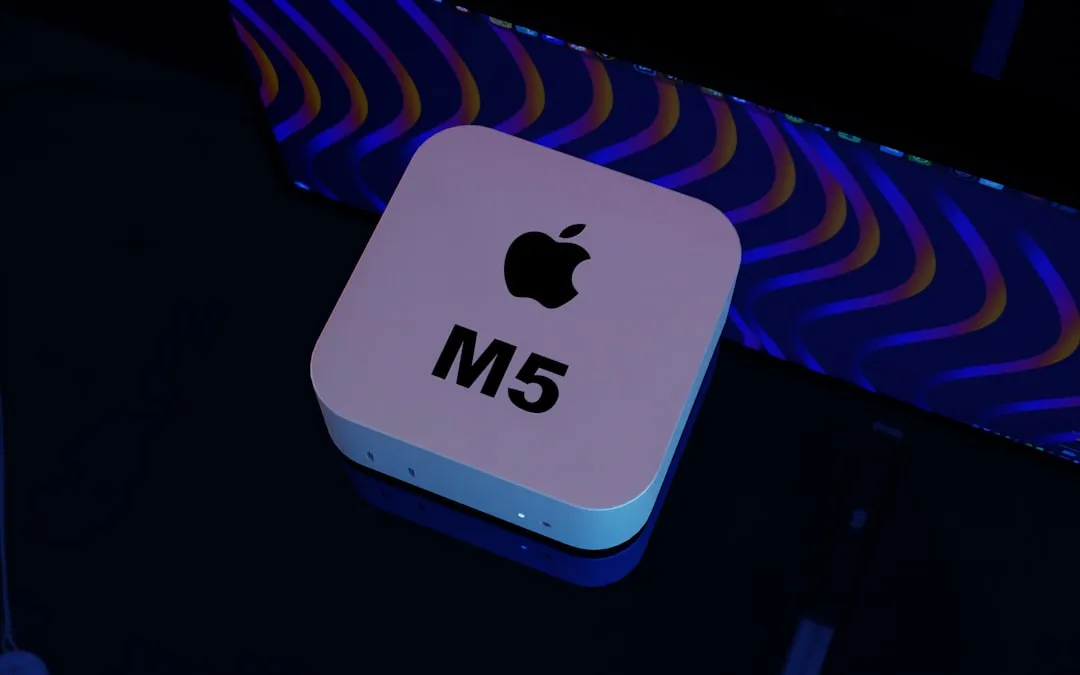
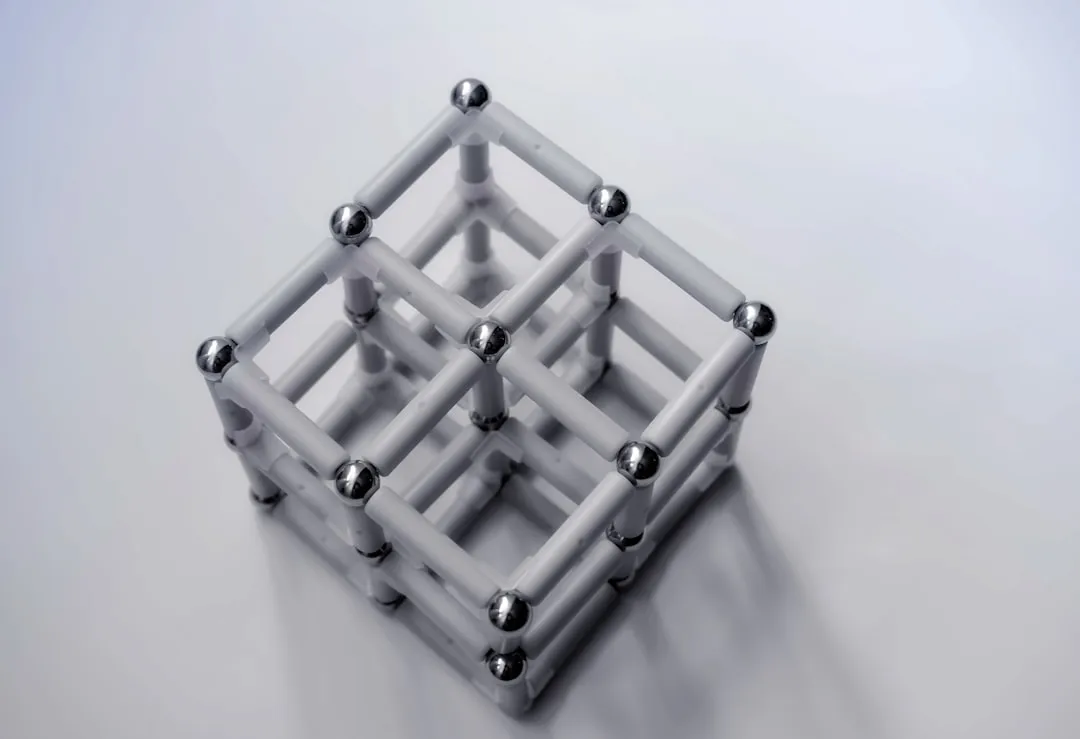


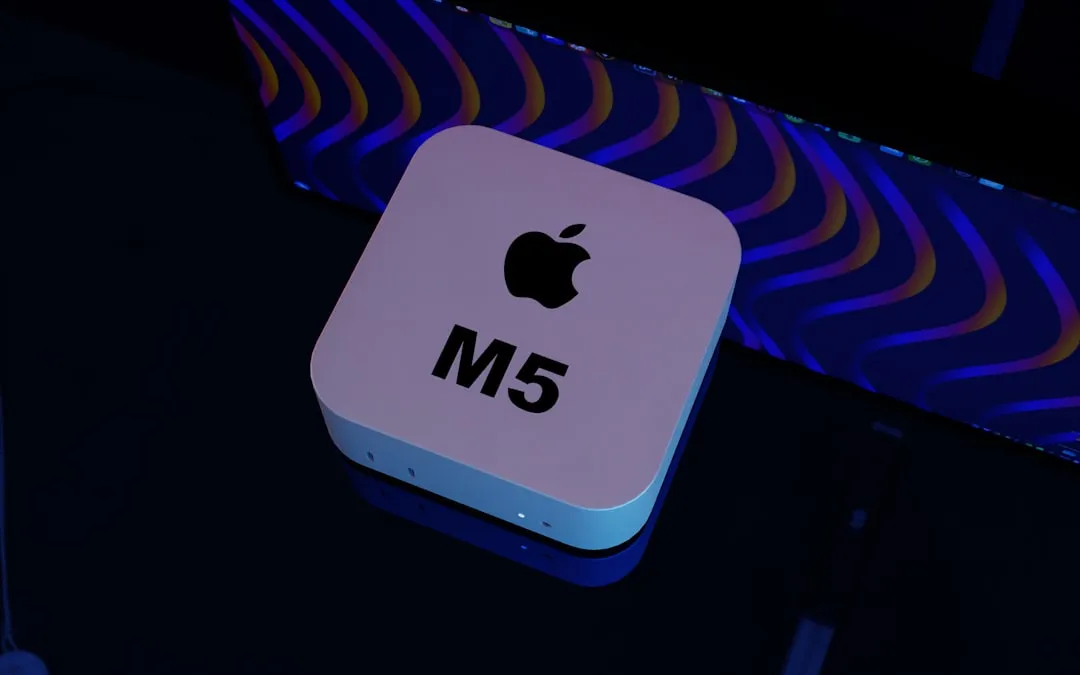
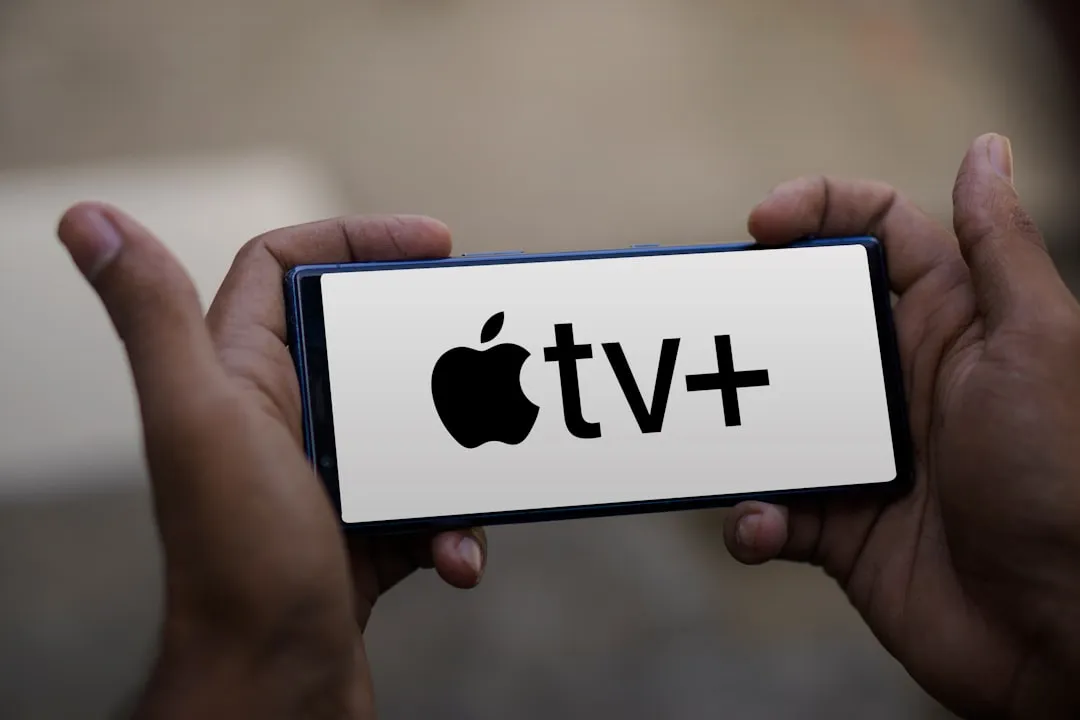

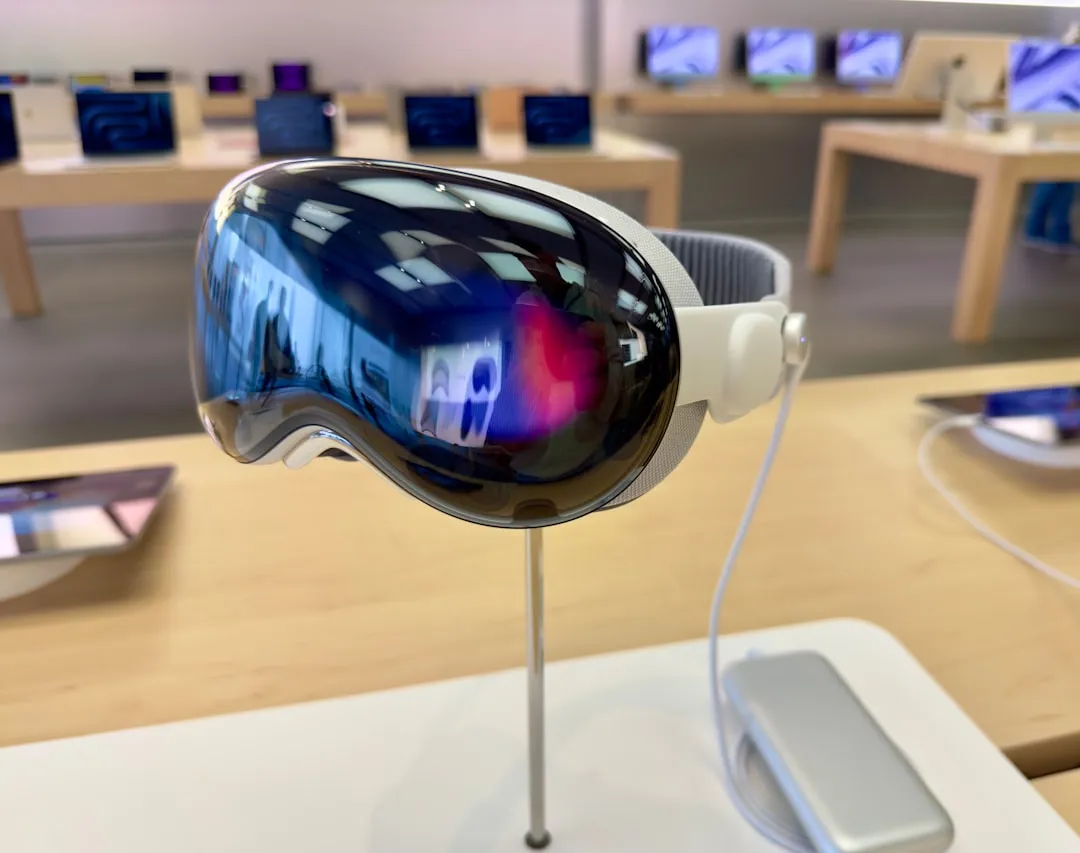


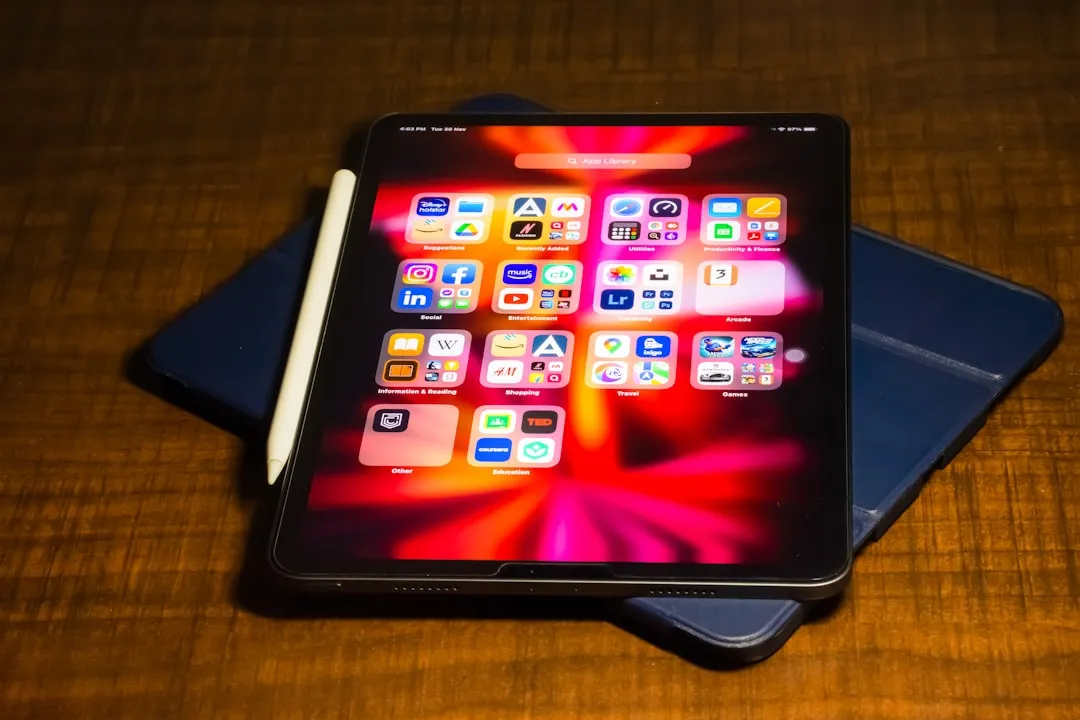
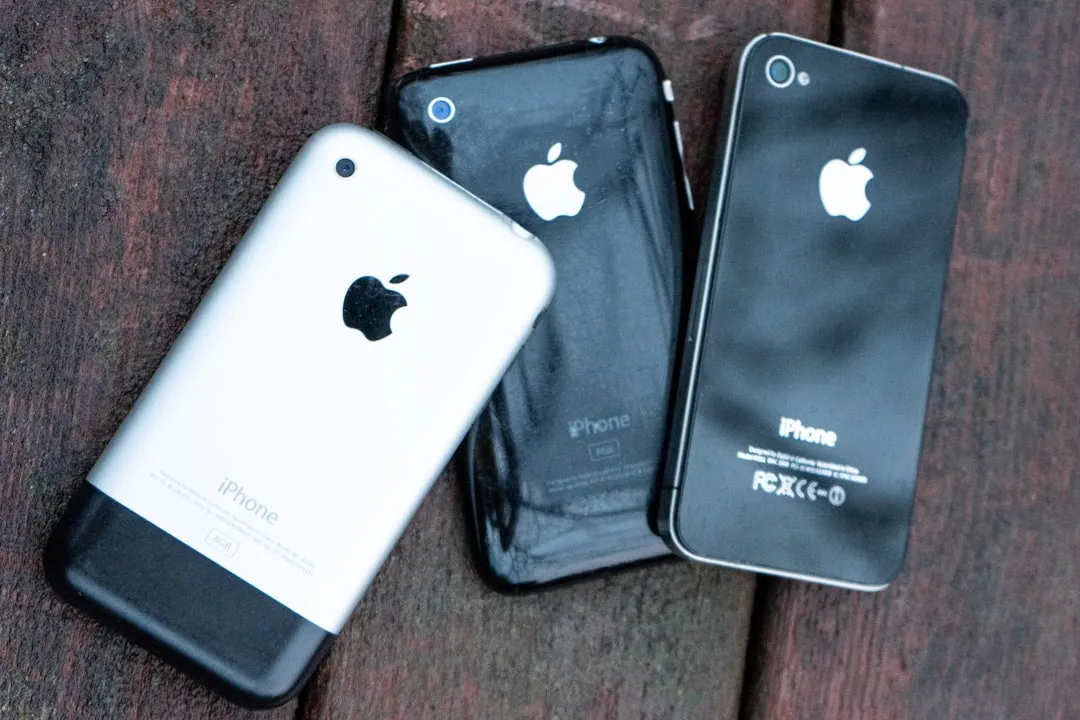
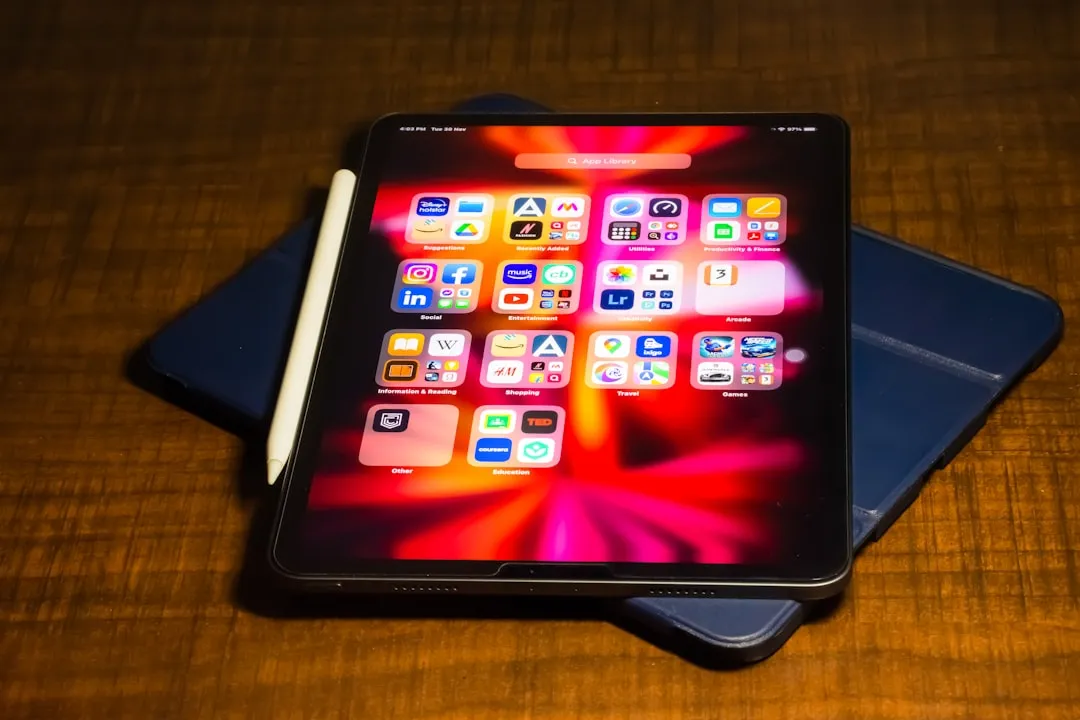

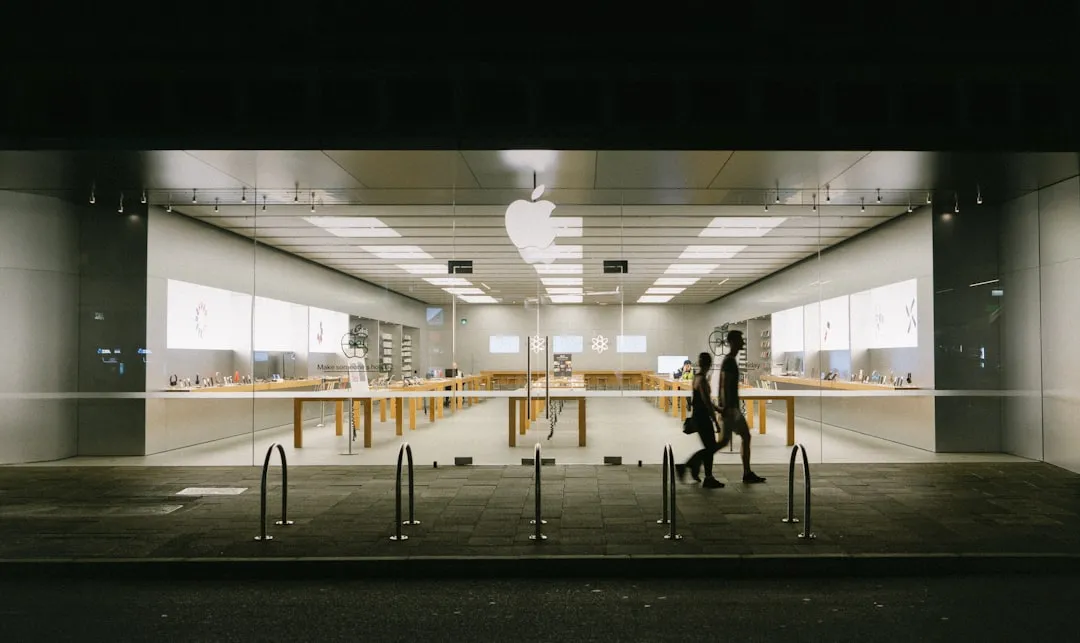
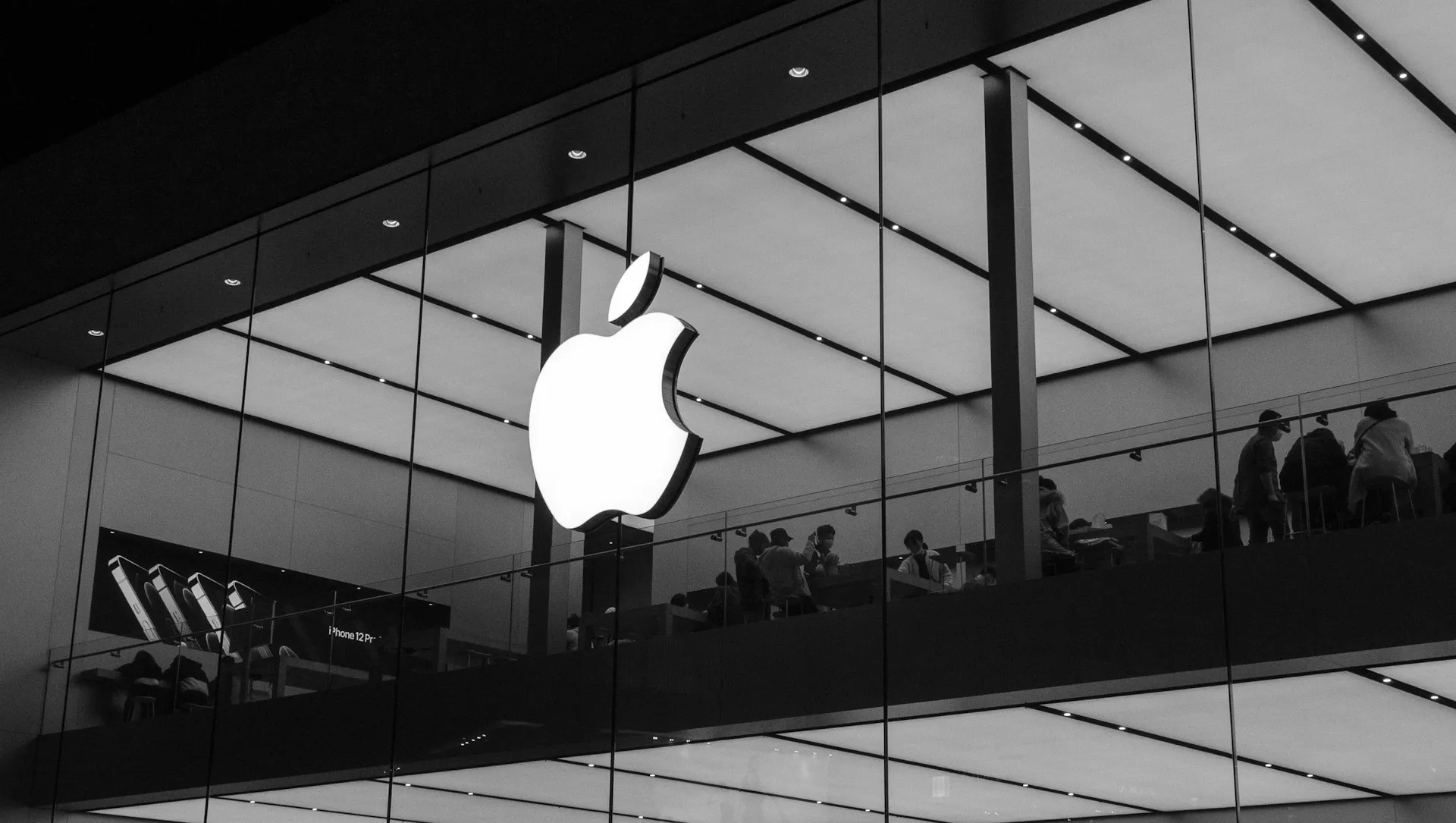
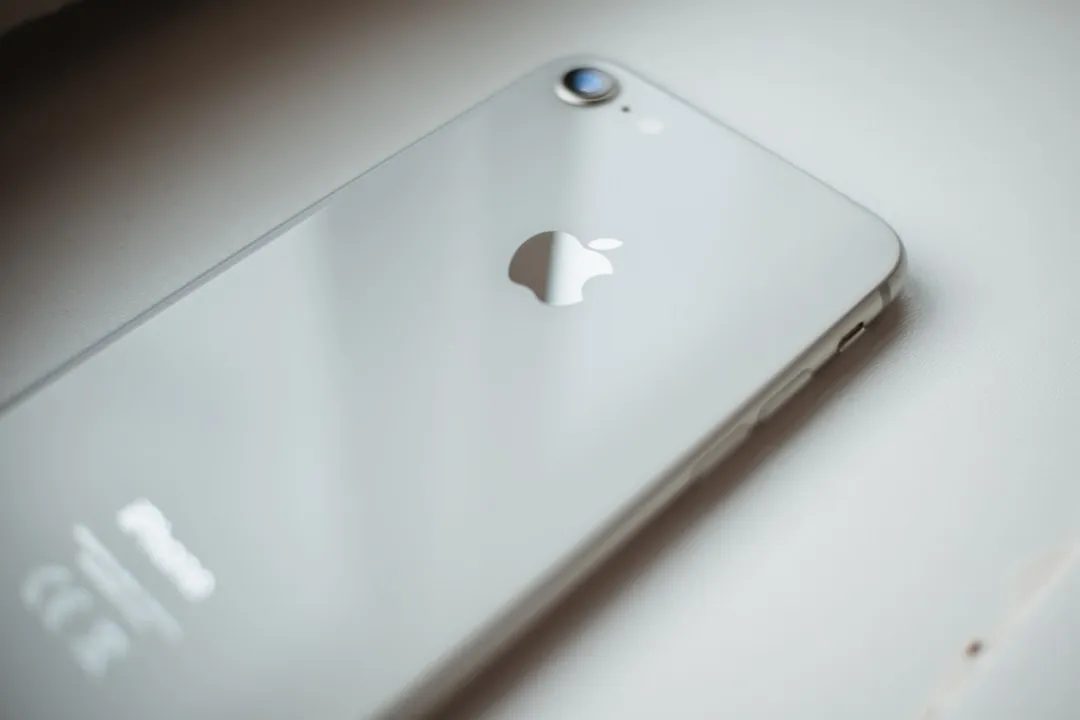

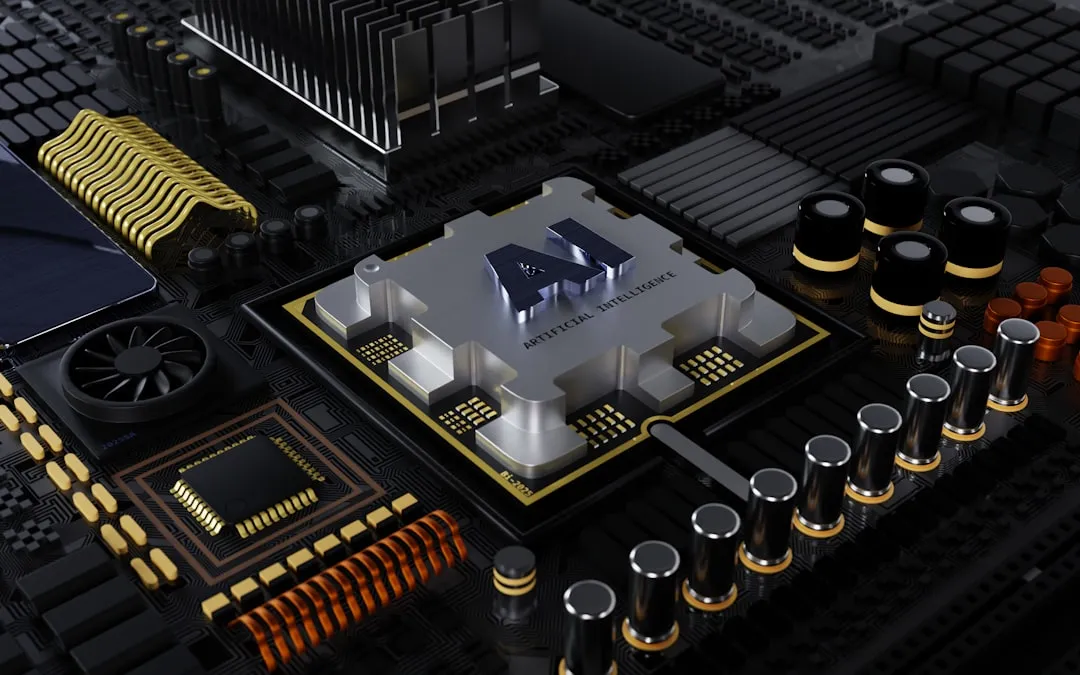
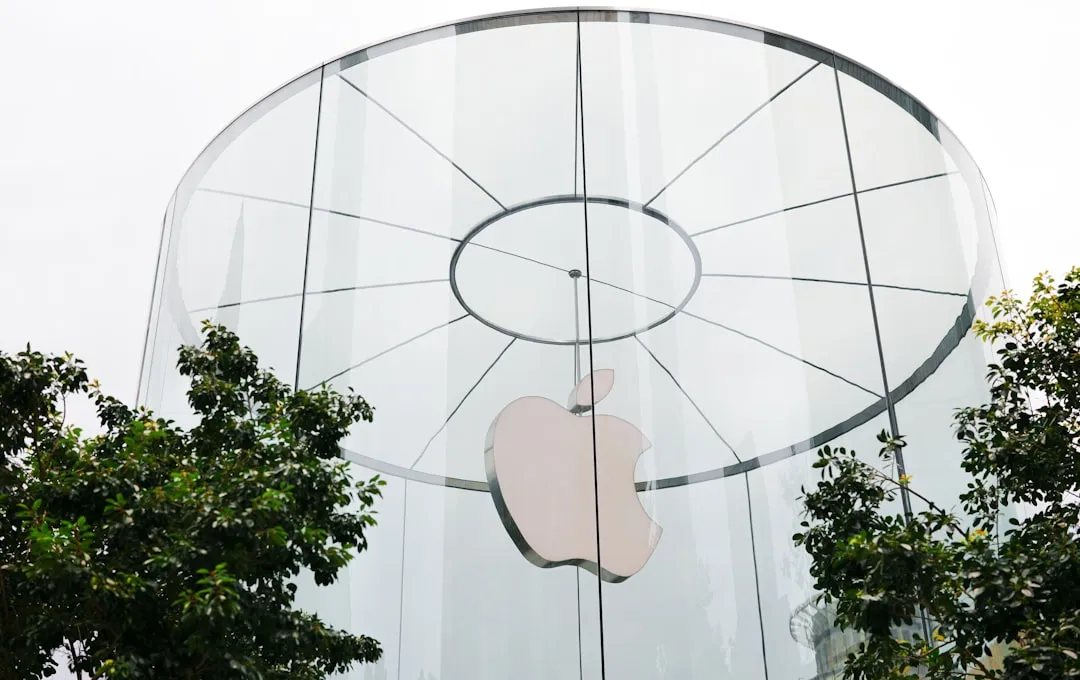

Comments
Be the first, drop a comment!